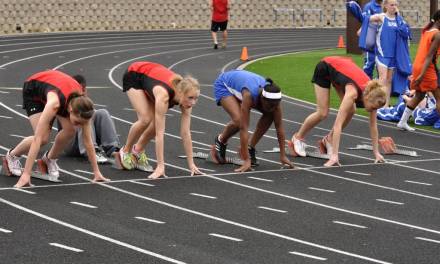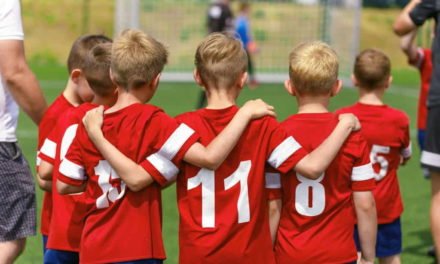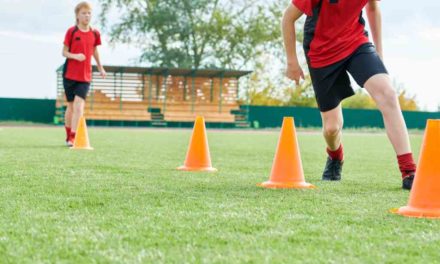Following on from our previous article, we look at some more barriers to girls participating in sport.
Girls’ perception of sport
The factors given previously – and others – combine to give girls the impression that sport is not for them. Unlike boys, for whom excelling at sport is a good thing, girls are put off physical activity because they don’t want to be seen as unfeminine.
This is compounded by the media, which often portrays successful female athletes as masculine. Another participant in the BioMed Research International study stated: “Sport is seen as a manly thing to do…they [the media] don’t see it as a girly thing.”
Lack of confidence
When I was at school, even among groups of good friends, I would dread anyone getting out a frisby. Why? Because it meant running around, jumping up, catching things.
All of which I hated; it made me feel so self-conscious. I didn’t feel like I was good enough – I was unfit, overweight, couldn’t catch anything. Or so I thought. And it would seem that I wasn’t alone in this.
Girls often cite a – self-perceived – lack of ability as a reason they don’t participate in sport, much more so than boys. Girls on the whole report much lower self-esteem than boys (and this is carried through into adulthood).
It’s even got a name – the Confidence Gap. This means that girls are more likely to rate their own abilities negatively, even if this isn’t really the case.
Poor body image
Girls are much more likely to report body image dissatisfaction than boys. Girls as young as six are on weight-loss diets, while NHS figures show that 90% of young people diagnosed with anorexia are female. On the other hand, government research has found that 31.5% of girls in year 6 are obese or overweight.
The relationship between body image and physical inactivity is complex. It can easily become a vicious circle in which the more self-conscious girls feel about their bodies, the less likely they are to participate in exercise. And of course this is made all the more complicated by media imagery, peers and adults.
Change teaching methods to get more girls participating in sport
Consider your own teaching methods and be objective in your assessment. Could your behaviour be discouraging girls from taking part in sport? Hopefully not, but you may have colleagues whose attitudes are less welcoming.
It’s not just teachers, either. Coaches and parents have an effect too, with plenty of research showing that girls with physically active parents are more likely to themselves continue with exercise.
The Women’s Sport and Fitness Foundation found that girls place greater emphasis on self-comparison and comments from adults than boys. Negative comment from coaches and teachers is one of the main reasons for girls becoming discouraged from playing sport.
Another quote from that BioMed Research International study: “The teacher embarrassed me and my friend in front of everyone … making us feel lower.”
The reasons that girls avoid sport are clearly complex and each of them is linked to the others. Overcoming these barriers to girls participating in sport will take time and effort, but there is plenty of help out there. It’s to this that we will turn to in the next article in this series.
Rebecca has been a writer and editor for almost 20 years. She writes on a huge range of subjects, concentrating on sport, nature, mental health, and crafts.










